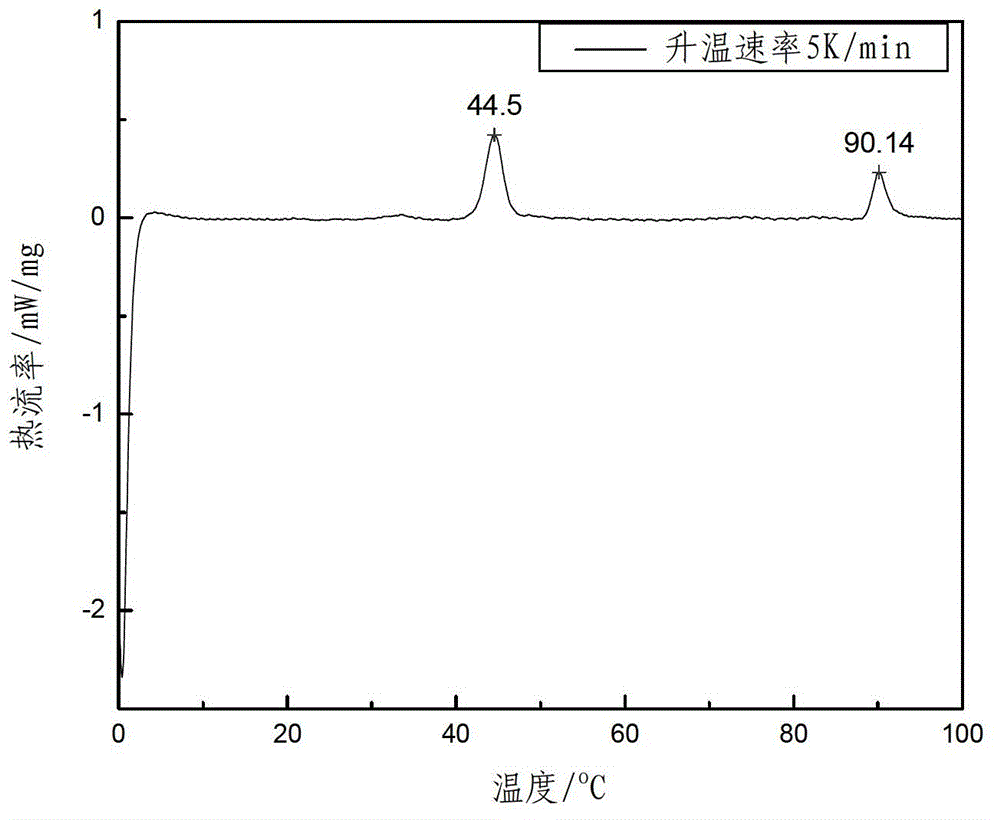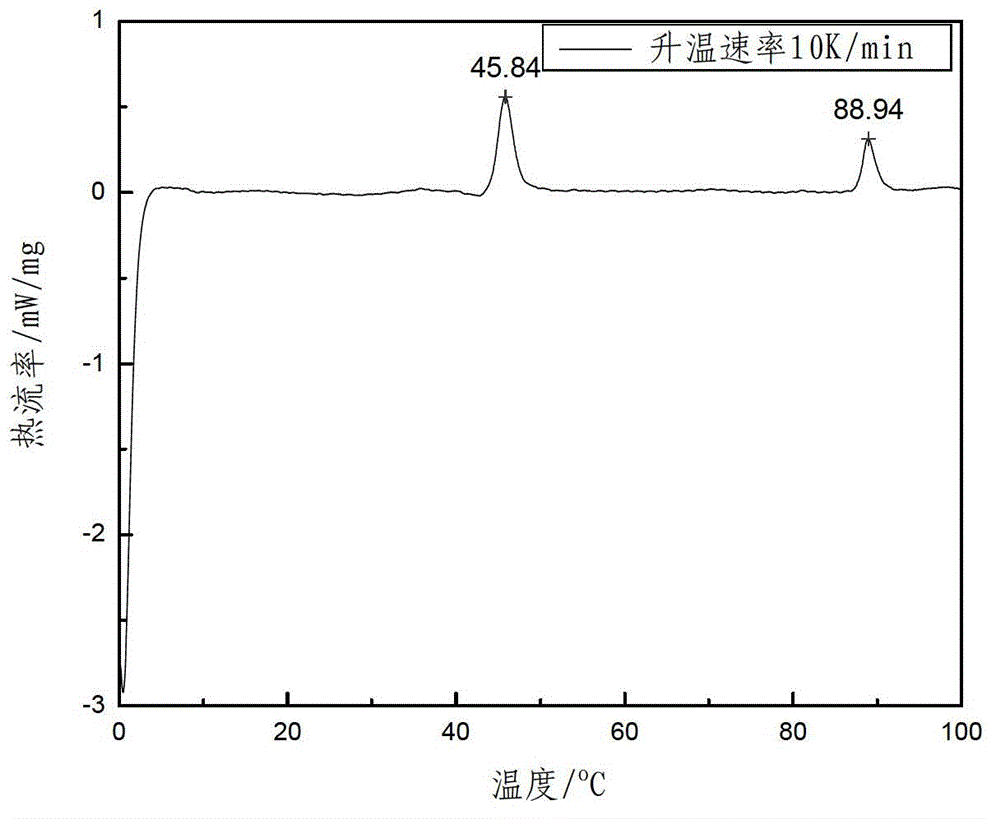Method for preparing acrylic resin emulsion and paper coating emulsion
A technology of acrylic resin and emulsion coating, which is applied in the field of materials and can solve problems such as poor product forming, cracks in printing ink, and easy fracture of materials
- Summary
- Abstract
- Description
- Claims
- Application Information
AI Technical Summary
Problems solved by technology
Method used
Image
Examples
preparation example Construction
[0022] The invention provides a method for preparing an acrylic resin emulsion, comprising the following steps: 28-30 parts by weight of butyl acrylate, 22.8-24.6 parts by weight of methacrylate, 5.4-7.2 parts by weight of acrylic acid, 0.6-2 Ammonium persulfate in parts by weight, a mixture of 1.5-2.1 parts by weight of polyoxyethylene octylphenyl ether and sodium lauryl sulfate, 0.4-0.8 parts by weight of sodium bicarbonate, and 95-105 parts by weight of deionized water Mixing, adding a pH adjuster, reacting, and aging to obtain an acrylic resin emulsion.
[0023] Wherein, the butyl acrylate, methyl methacrylate and acrylic acid constitute the monomer components in the formula. Butyl acrylate is a soft monomer with a lower glass transition temperature of -55°C, which endows the resin with certain flexibility and extensibility; methyl methacrylate is a hard monomer with a higher glass transition temperature of 105°C. In order to improve the hardness and tensile strength of t...
Embodiment 1
[0039] 1.1 In an open environment, add 30 parts by weight of butyl acrylate, 21 parts by weight of methyl methacrylate, 7 parts by weight of acrylic acid, 1 part by weight of ammonium persulfate, 0.6 parts by weight of polyoxyethylene octyl Phenyl ether, 1.2 parts by weight of sodium lauryl sulfate, 0.6 parts by weight of NaHCO 3 , 100 parts by weight of deionized water, mixed and stirred, and then added ammonia solution containing 10% NaOH to adjust the pH value of the system to 6~7, mechanically stirred at 300r / min, reacted at a constant temperature of 80°C in a water bath for 4h, and matured at 85°C for 1h. An acrylic resin emulsion was obtained.
[0040] 1.2 Compound the acrylic resin emulsion obtained in 1.1 with toluene diisocyanate at a mass ratio of 5:15 to obtain a paper coating emulsion.
[0041] Dilute the acrylic resin emulsion obtained in 1.1 10 times with deionized water with a conductivity of 22.5 μS / cm and tap water with a conductivity of 385 μS / cm, freeze at ...
Embodiment 2
[0048] 2.1 In an open environment, add 30 parts by weight of butyl acrylate, 22.8 parts by weight of methyl methacrylate, 7.2 parts by weight of acrylic acid, 1 part by weight of ammonium persulfate, 0.6 parts by weight of polyoxyethylene octyl Phenyl ether, 1.2 parts by weight of sodium lauryl sulfate, 0.6 parts by weight of NaHCO 3 , 100 parts by weight of deionized water, mixed and stirred, and then added ammonia solution containing 6% NaOH to adjust the pH value of the system to 6~7, mechanically stirred at 300r / min, reacted at a constant temperature of 80°C in a water bath for 4h, and matured at 85°C for 1h. An acrylic resin emulsion was obtained.
[0049] 2.2 Compound the acrylic resin emulsion obtained in 2.1 with toluene diisocyanate at a mass ratio of 5:15 to obtain a paper coating emulsion.
[0050] Dilute the acrylic resin emulsion obtained in 2.1 10 times with deionized water with a conductivity of 22.5 μS / cm and tap water with a conductivity of 385 μS / cm, freeze ...
PUM
| Property | Measurement | Unit |
|---|---|---|
| surface energy | aaaaa | aaaaa |
| glass transition temperature | aaaaa | aaaaa |
| glass transition temperature | aaaaa | aaaaa |
Abstract
Description
Claims
Application Information
 Login to View More
Login to View More - R&D
- Intellectual Property
- Life Sciences
- Materials
- Tech Scout
- Unparalleled Data Quality
- Higher Quality Content
- 60% Fewer Hallucinations
Browse by: Latest US Patents, China's latest patents, Technical Efficacy Thesaurus, Application Domain, Technology Topic, Popular Technical Reports.
© 2025 PatSnap. All rights reserved.Legal|Privacy policy|Modern Slavery Act Transparency Statement|Sitemap|About US| Contact US: help@patsnap.com



